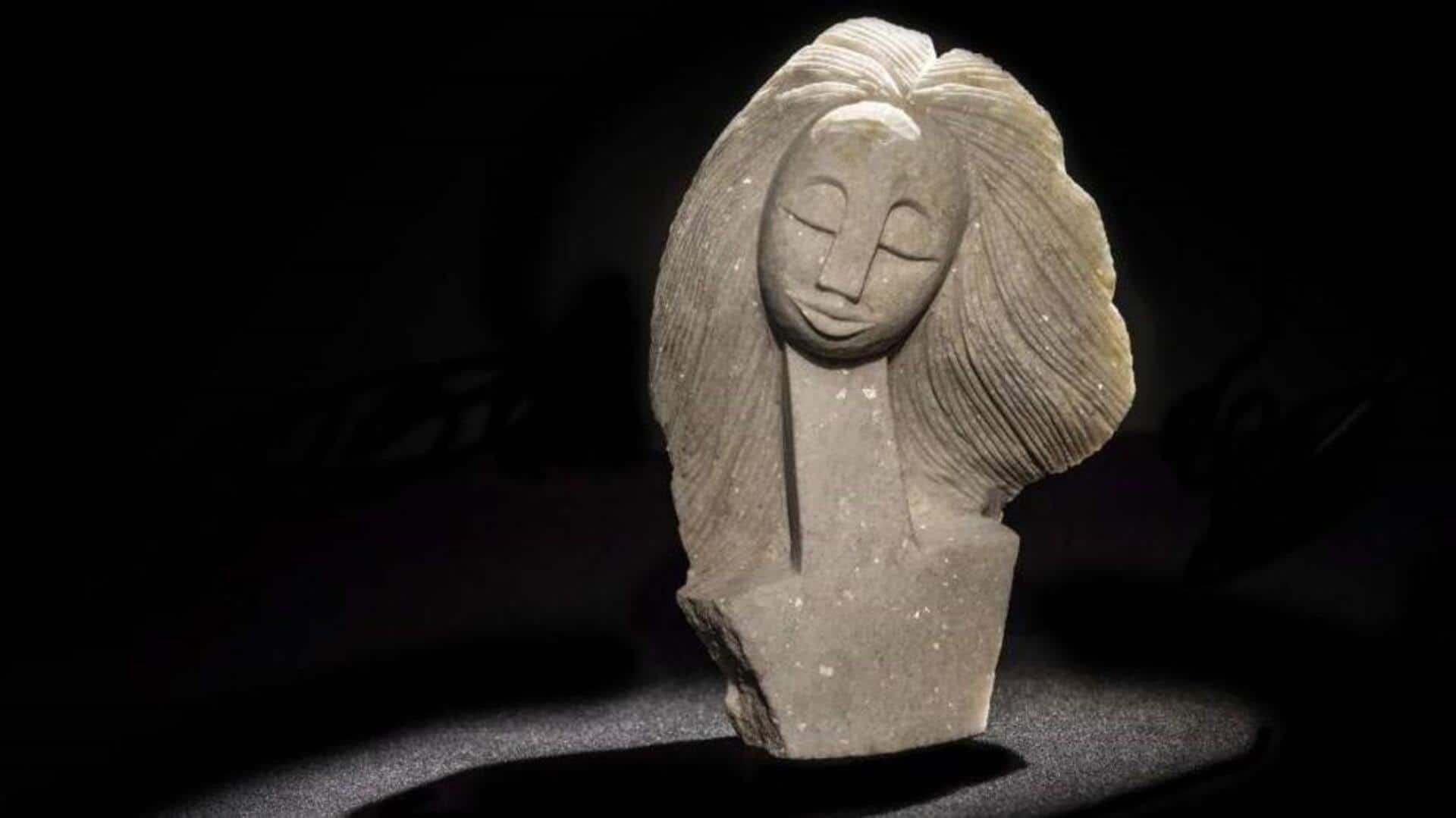
Exploring Shona stone sculptures
What's the story
The ancient Shona people of Zimbabwe are famous for their intricate stone sculptures, which date back centuries. These sculptures, often carved from serpentine stone, showcase the rich cultural heritage as well as artistic skills of the Shona artisans. The techniques behind creating these sculptures require a deep understanding of the material and a meticulous process that turns raw stone into expressive art forms. Here's a look at some key aspects of these ancient techniques.
#1
Selecting the right stone
Choosing the right type of stone is critical in Shona sculpture. Artisans usually go for serpentine, as it is easily available and workable. The selection process involves determining the stone's texture, color, and hardness to ensure it fits the intended design. A softer stone makes way for more detailed carving, while the harder ones are selected for bigger pieces that need durability.
#2
Carving with traditional tools
Traditionally, Shona sculptors employ simple hand tools like chisels, hammers, and files to carve their designs. These tools enable artisans to shape the stone accurately and with control. The carving process starts with rough shaping with larger tools and progresses to finer details with smaller implements. This technique demands patience and skill as each piece is painstakingly crafted by hand.
#3
Polishing for a smooth finish
Once carved, Shona sculptures are polished for a smooth finish. Artisans use sandpaper or other abrasive material to remove any rough edges or imperfections on the surface of the sculpture. This step enhances aesthetic appeal, as well as tactile quality, by bringing out natural colors within the stone itself.
Tip 1
Adding final touches
The final stage in the creation of an ancient Shona sculpture is adding the finishing touches, like waxing or oiling surfaces. This enhances shine and protects it from weathering elements over time. It ensures longevity while maintaining its visual allure, adapting to changing times and demands. These practices promote cultural heritage preservation and supporting local artists through community engagement and education.